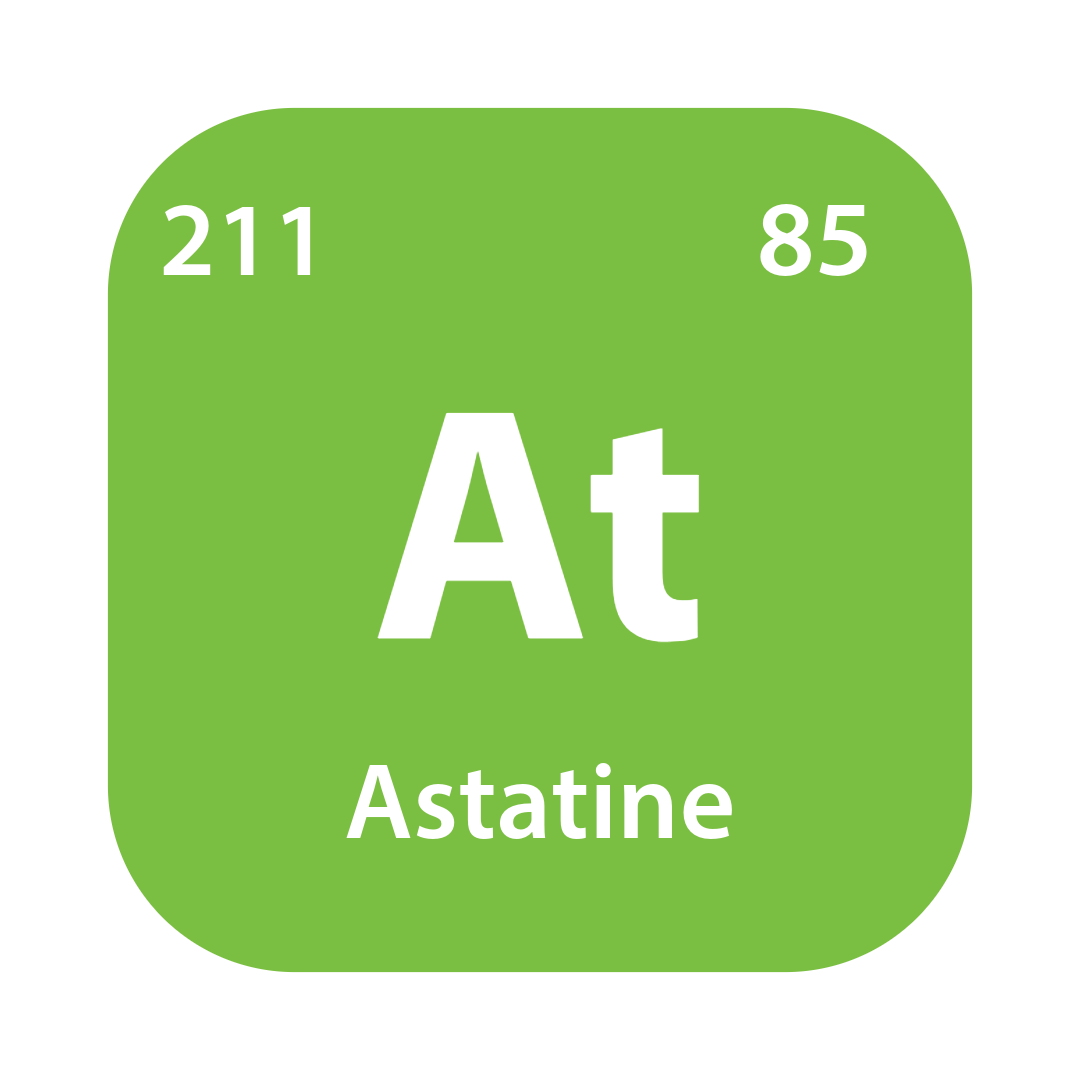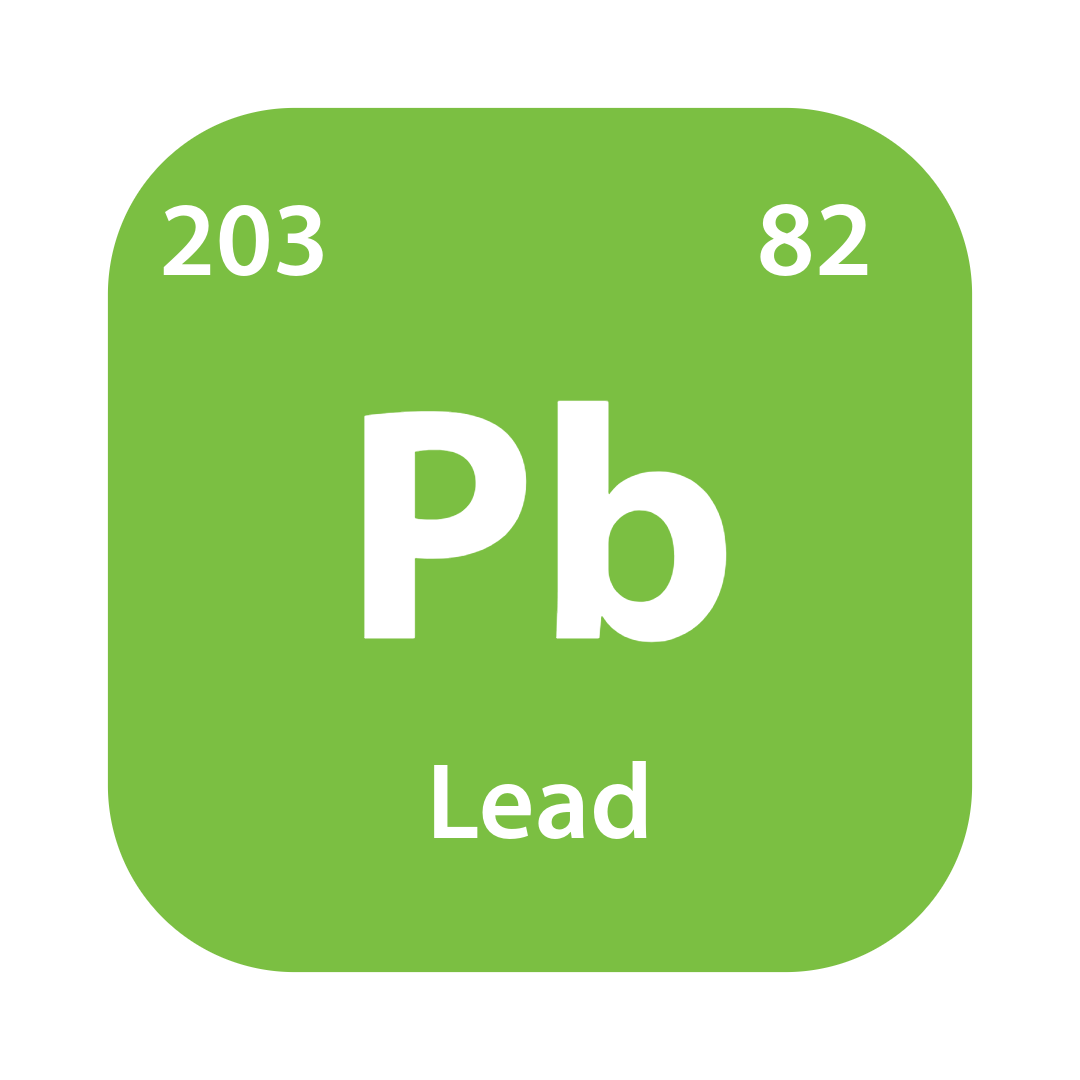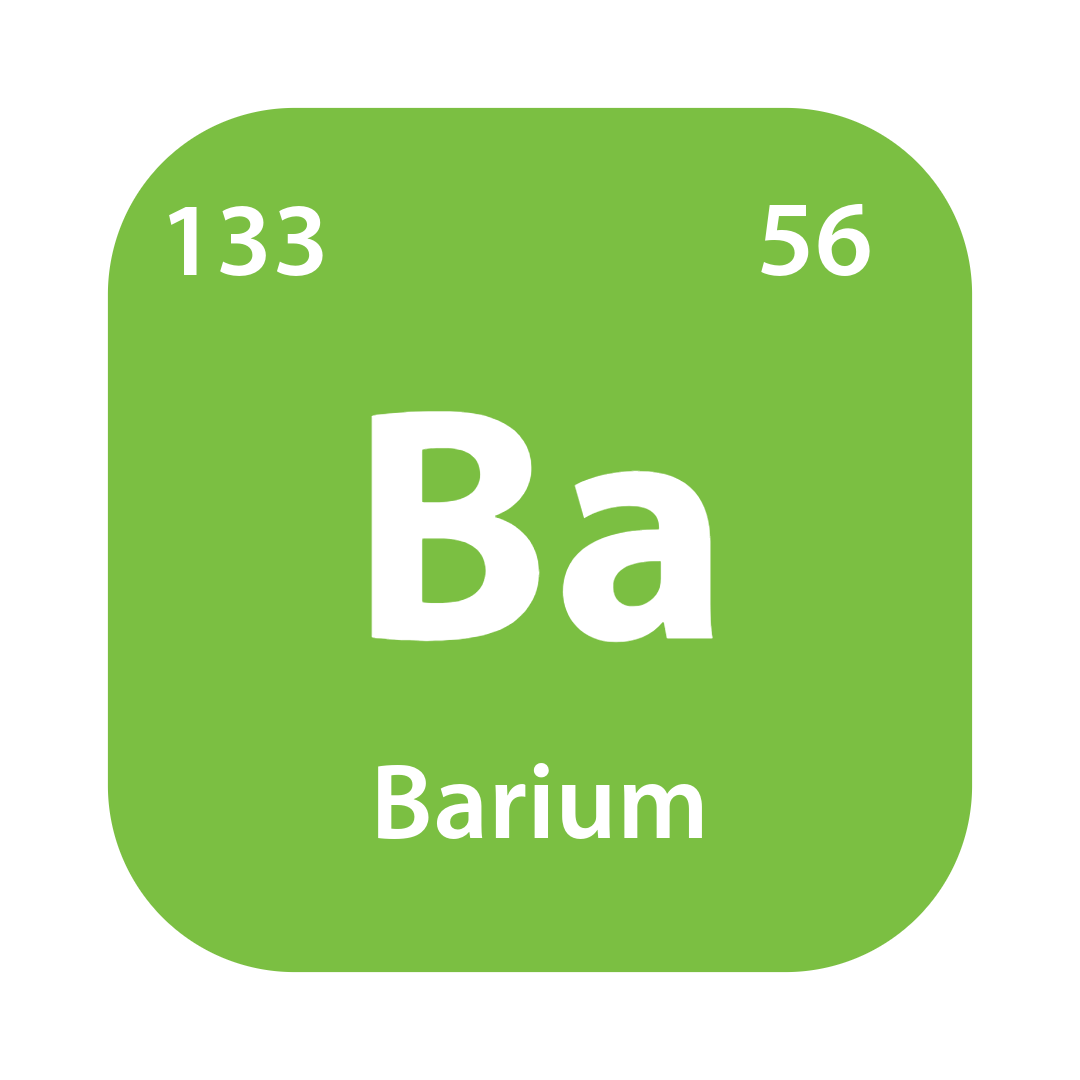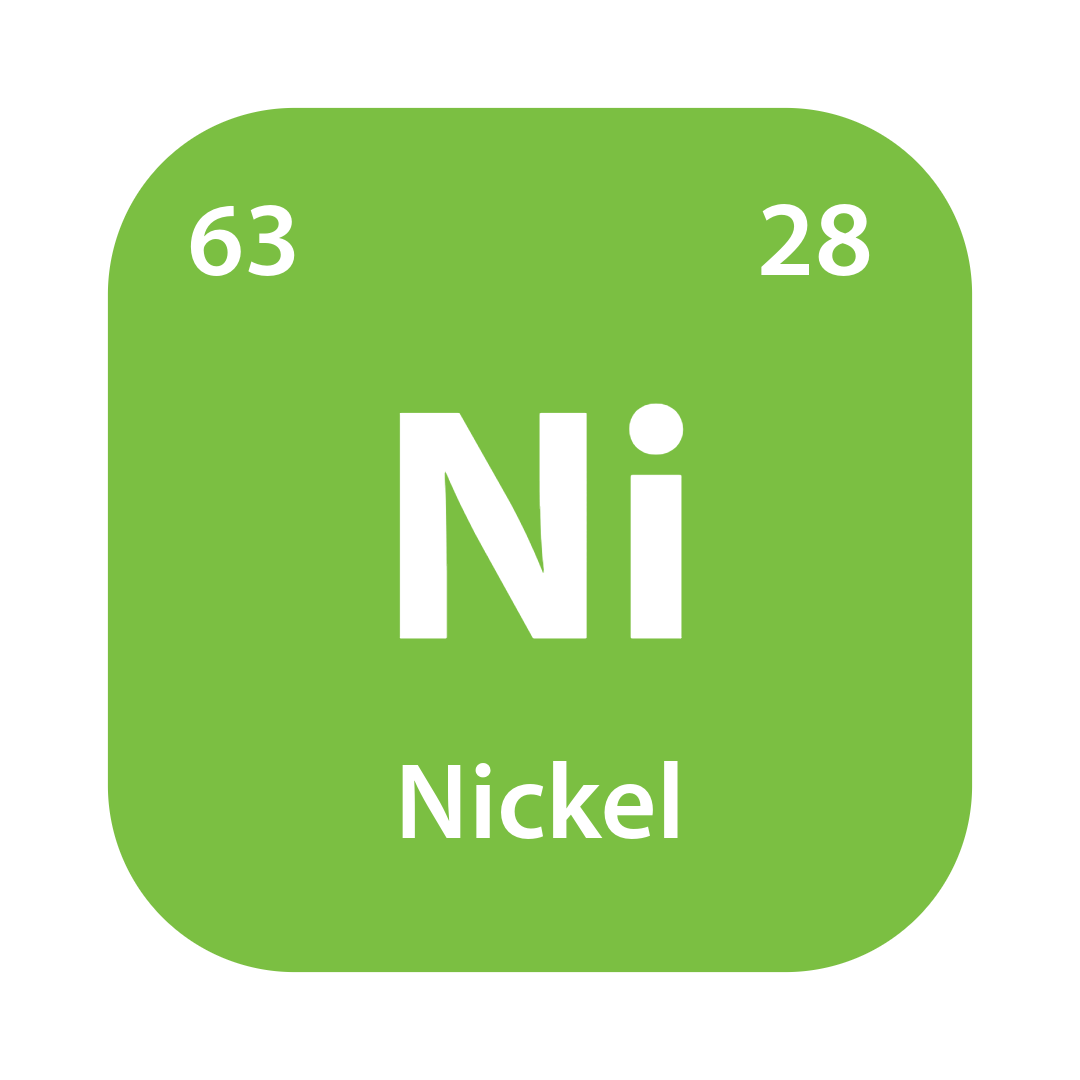
November Isotope Spotlights
Lead-203
Lead-203 (Pb-203) has drawn interest as a SPECT imaging isotope analogue to the therapeutic Pb-212, an alpha-emitter. Its addition to the NIDC Catalog establishes a theranostic matched pair of isotopes. The DOE Isotope Program (DOE IP) is filling a gap in the market as there are currently no other domestic producers.
Pb-203 is routinely available in millicurie quantities. The final product is distributed in a 1.5 mL microcentrifuge tube with a ≥98% radionuclidic purity.

Astatine-211
Astatine-211 (At-211) is a radioisotope of interest for use in targeted alpha therapy. This short-lived alpha-emitting radionuclide (t1/2 = 7.214 hours) is well-suited for this purpose, as it offers the potential for extremely localized irradiation of malignant cells when attached to cancer-targeting agents, leaving neighboring healthy cells intact. To date, At-211 has demonstrated significant potential in the treatment of blood, ovarian, and certain types of brain cancers.
The success of At-211 as a cancer therapeutic relies on regional production and distribution of the isotope due to its relatively short half-life. Thus, the DOE IP is working to establish a nationwide At-211 network, and two of its University Isotope Network partners – the University of Washington and Texas A&M University – now serve as its initial hubs.
Both of these university sites produce radiochemical grade At-211 via the 209Bi(a, 2n)211At reaction where natural bismuth metal targets are bombarded with alpha particles. The resulting product, available upon customer request, is a sodium astatide in NaCl solution with a radioisotopic purity of >99.5% from the University of Washington or adsorbed onto 3-octanone impregnated column with a radioisotopic purity of >99% from Texas A&M University.
Barium-133
Barium-133 (Ba-133) is used for various purposes, including as an x-ray radiocontrast agent and as a gamma source in multiphase flow meters used in the oil and gas industry.
Millicurie quantities of Ba-133 are now available for purchase. Barium-133 is produced at Oak Ridge National Laboratory through neutron capture on enriched barium-132 using the High Flux Isotope Reactor.
 Manganese-52g
Manganese-52g
Manganese-52g (Mn-52g) is an isotope of interest as a long-lived positron emitter for investigating the biodistribution of intact antibodies or nanoparticles, and as a potential PET analog for the development of dual labeled PET/MRI agents.
This isotope is produced at the University of Alabama Birmingham and by the University of Wisconsin Cyclotron Research Group, both members of the University Isotope Network.
Nickel-63
Nickel-63 (Ni-63) is primarily used in explosive trace detectors to detect explosives, or hazardous chemicals and vapors. Ni-63 acts as an annihilation source in these detectors, stripping the molecules that are given off by a material for analysis. Ni-63 is also used in beta-voltaic nuclear batteries, since it is a long-lived (101-year half-life) pure beta emitter where the low energy beta particles can be converted into electrical energy.
Curie quantities of Ni-63 are now in inventory. Nickel-63 is produced through neutron capture on enriched nickel-62. The final product is distributed as a chloride solution (0.1 M HCl) or dried chloride solid.







